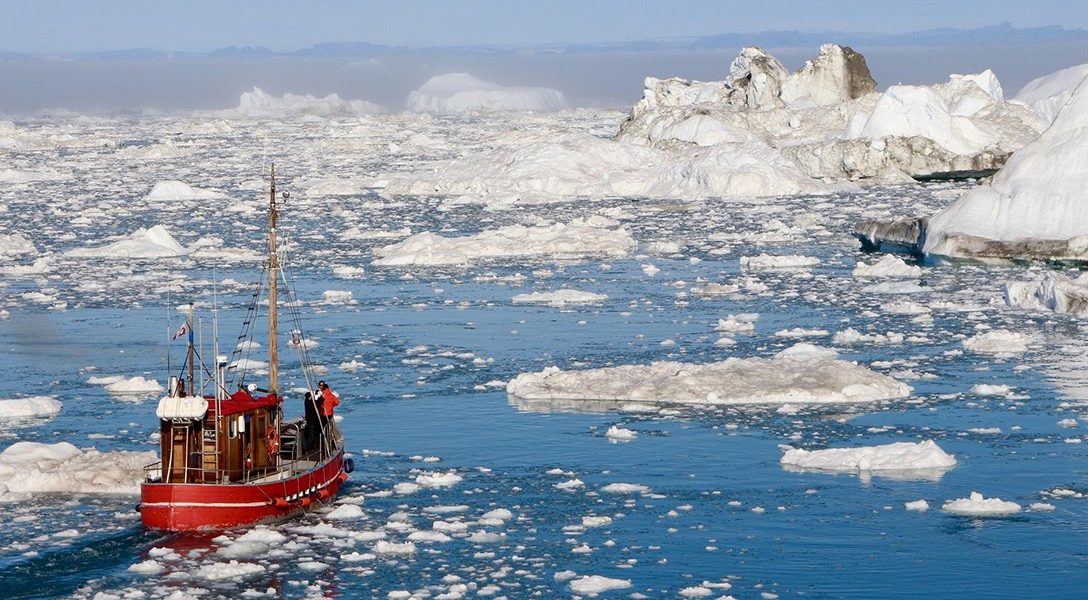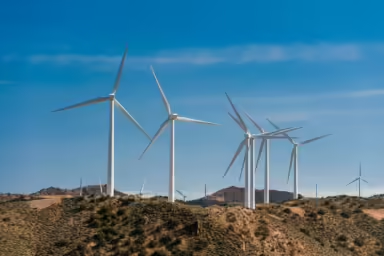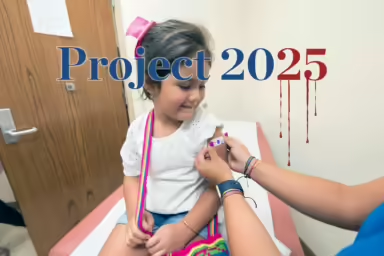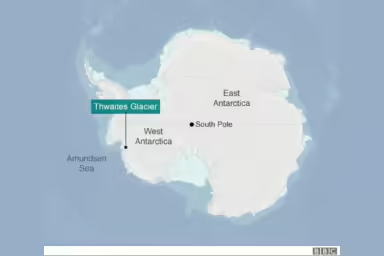Both the pandemic and our compromised environment require a unified global response.
WhoWhatWhy is partnering with Global Geneva, where this story was originally published, to help broaden access to content that will benefit a broader global readership.
Across the globe, humanity has been confronting twin planetary crises: COVID-19 and climate change. The first hit suddenly — but not unexpectedly; the second has been in the making for generations. Both involve scientific realities that threaten human existence. They require a global response. No country can deal with these two crises on its own.
There is nothing new about pandemics. (See William Dowell’s article on the possible origin of COVID-19.) They have occurred many times in the past. The Plague of Athens in 430 BC killed an estimated 100,000 people, and the Black Death in the 14th century wiped out close to half the population in Eurasia and North Africa. The Spanish flu which erupted toward the end of World War I infected up to 500 million people in Europe, Asia, and North America. The Spanish flu caused at least 50 million deaths, due in part to a disastrous second wave of infections. The seriousness of past epidemics offers little consolation to the millions suffering the direct and indirect impacts of COVID-19 today.

What Do Pandemics and Climate Change Have in Common?
In contrast to the suddenness of a pandemic, the climate has changed gradually but significantly in recent decades. Although it has impacted ecosystems and civilization throughout history, it is really over the past 50 years that we have been experiencing a dramatic, human-induced acceleration of global warming and other climatic impacts on our lives and planet.
While the similarity between climate change and disease might not seem obvious, both can evolve rapidly and cause equally serious damage. Fast changes in climate, operating over one- to five-year periods and referred to as “abrupt climate change,” have taken their toll on previously flourishing civilizations. The abrupt onset of drought, for example, contributed to the collapse of the Mesopotamian Empire (modern day Syria and Iraq) 4,200 years ago. And in the 800s AD, it resulted in the demise of the Mayan Empire in Mesoamerica.
Recent warming of the Arctic is the first abrupt climate change event of the modern era. It has already had severe consequences for people and ecosystems across the polar regions. It has also altered the thermal balance from the North Pole to mid-latitudes triggering changes in atmospheric circulation that are manifested as the intensification of droughts, floods, and storms impacting much of the Northern Hemisphere.
The World Health Organization (WHO) estimates that 7-8 million people die prematurely every year as a consequence of poor air quality. Pollutants such as lead, cadmium, and small particulates (PM2.5) are all directly associated with greenhouse gas emissions. They degrade human and ecosystem health making us more susceptible to pandemics, such as COVID-19. Poor air quality, which increasingly affects megacities from Delhi to Beijing, leads to rising respiratory and cardiac distress as well as cancer.
Climate change also affects vector-borne diseases, which are on the rise. Accounting for more than 17 percent of all infectious illnesses, these are caused by parasites, bacteria, or viruses and include Lyme disease, Eastern equine encephalitis, malaria, and dengue fever. In addition, heat, drought, storms, and general climate instability lead to more acute stress and displace communities, further weakening humans and ecosystems.
WHO has concluded that changes in climate are likely to lengthen the transmission seasons of these diseases. Climate changes can also alter their geographic range. For example, rising temperatures can lengthen seasons and expand the range of disease-carrying insects, such as malarial mosquitoes moving from Kenya’s lowlands to the higher altitude parts of the Rift Valley, or the spread of Zika-carrying mosquitoes in the United States.
Deforestation, ocean warming, and acidification also lead to ecosystem redistribution, species extinction, and food insecurity. (See article by Karin Wenger on the sinking of Bangkok and other megacities.) With the planet increasingly out of balance, even more people are left in poor health and more susceptible to disease. Climate change not only intensifies the damage caused by COVID-19, but lessens the likelihood of understanding where, when, and why such a disease will start in the future.
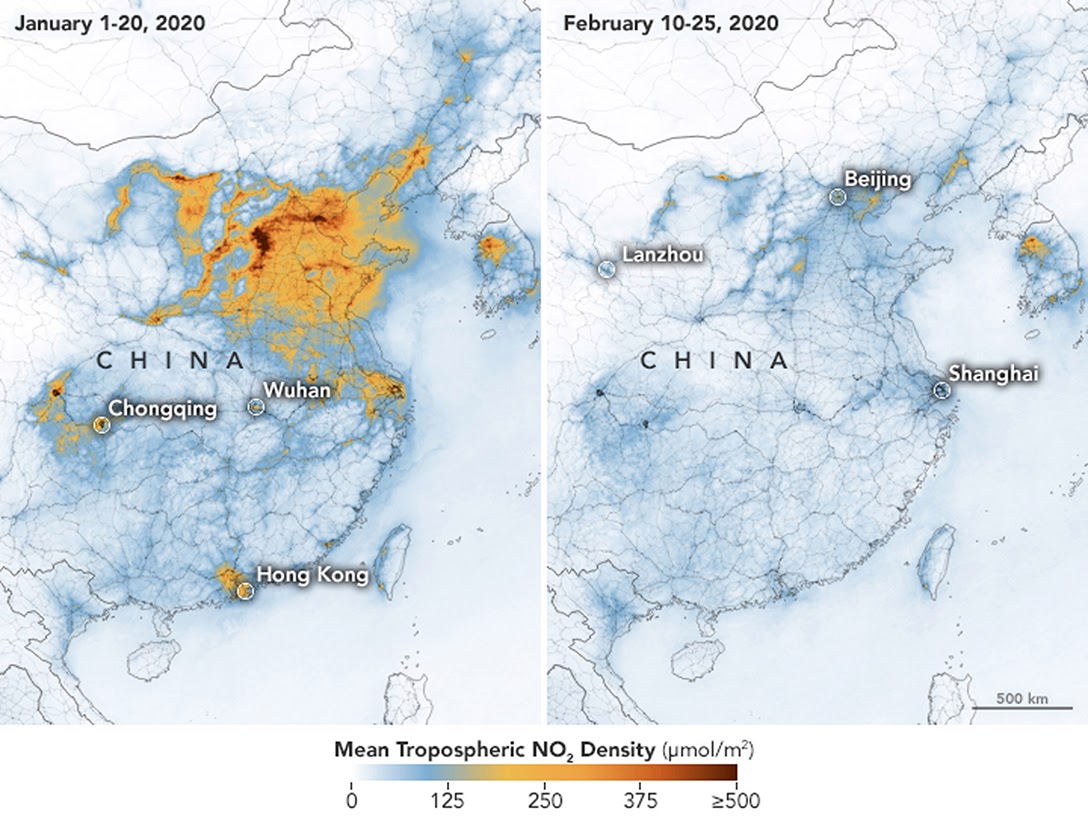
On February 28, NASA reported that decreases in industrial, transportation, and business activity since the coronavirus outbreak had reduced levels of atmospheric nitrogen dioxide (NO2) over China. But researchers note that a measurable change in one pollutant does not necessarily mean air quality is suddenly healthy. (Photo: Tropospheric Monitoring Instrument (TROPOMI) on ESA’s Sentinel-5 satellite. Josh Stevens / NASA Earth Observatory.)
How Does the COVID-19 Crisis Impact Climate Change, Both Now and in the Future?
As we have witnessed over the past several months, the global response to COVID-19 has led to significant reductions in transportation and industry. This has resulted in decreased emissions of greenhouse gases. The Center for Research on Energy and Clean Air reports a 25 percent reduction in Chinese emissions during February 2020. This is equivalent to more than half of Great Britain’s annual emissions. For its part, the European Space Agency has reported notable reductions in nitrogen oxide over Italy, while International Space Station astronauts noticed the same over China. (See article by Tira Shubart in Global Geneva.)
Clearly more reductions will emerge due to the current planetary slowdown and, in many cases, nearly complete shutdown. The short-term effects are a reminder of our ability not only to decrease emissions on a sustained basis, but to serve as a reminder that we as humans can do with less. The question remains, however, as to whether society in a post-coronavirus period will be prepared to continue such changes. (See Global Geneva article on the race that no one is winning.)
Greenhouse gases linger in the atmosphere for decades and even centuries. But the toxic metals and particulates that accompany greenhouse gas emissions can only persist over several days. We have learned that lesson in several ways.
Ice cores, for example, capture greenhouse gases as well as dissolved and particulate chemistry. These provide perspective that reveals the difference between our preindustrial atmosphere and our modern unparalleled — in Earth history — air quality. They also reveal the success of clean air legislation. In the US, the shutdown of aircraft and the slowdown in transportation during 9/11 provided yet another air quality reminder.
SBS Hindi reports that levels of particulates in the atmosphere have reduced enough that people can now view the Himalayas from as much as 125 miles distant, as they could decades ago. There is a good chance that from your own home you can observe the COVID-19 impact on air quality by looking outside and seeing crisper scenery and more stars at night. Improved air quality makes us healthier and reduces health care costs.
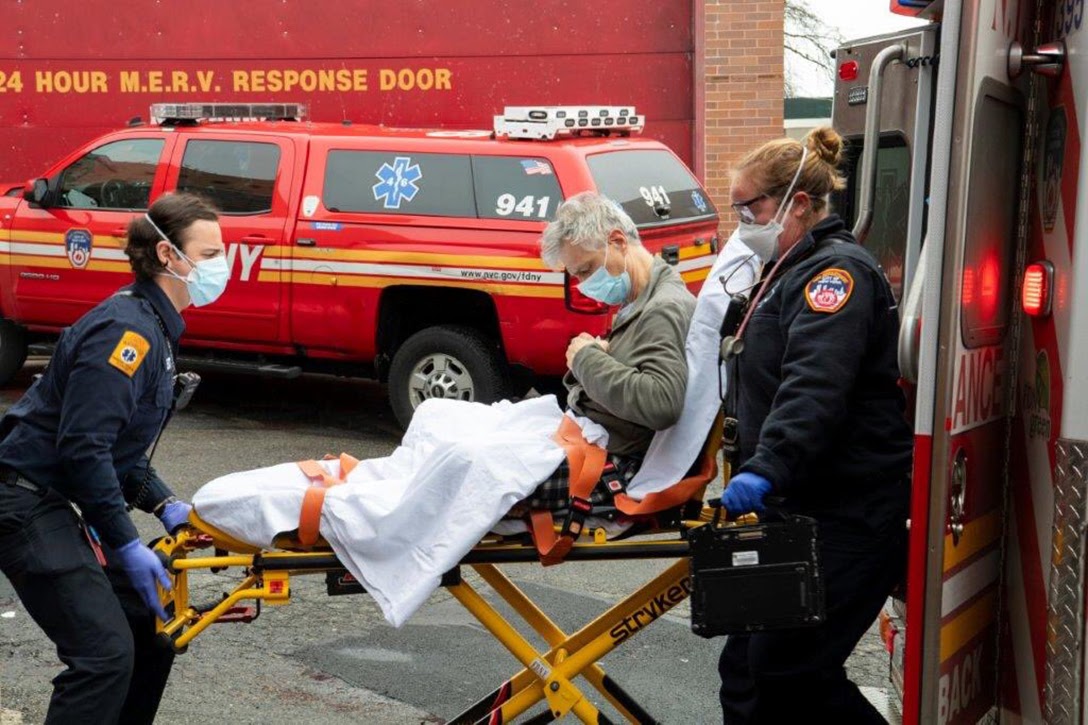
The Imperative of Global Mobilization
How can the future of humanity be saved? The obvious answer is through science. But how can science be supported and facilitated and its fruits delivered on a global scale?
The twin problems of COVID-19 and climate change require global collaboration and diplomacy among countries, international organizations, research institutions, scientists, and policy professionals. We can look to international law such as the UN Framework Convention on Climate Change (UNFCCC), and institutions such as the G-20, various United Nations agencies, the International Monetary Fund (IMF), and the World Bank, all of which have deployed climate change projects and are very much on the COVID-19 front.
On April 2, 2020, the UN General Assembly adopted the resolution “Global Solidarity to Fight the Coronavirus Disease 2019 (COVID-19).” This underscored “the central role of the United Nations system in catalyzing and coordinating the global response to control and contain the spread of COVID-19.” It also acknowledges the crucial role of the World Health Organization and called for “intensified international cooperation to contain, mitigate and defeat the pandemic, including by exchanging information, scientific knowledge and best practices.”
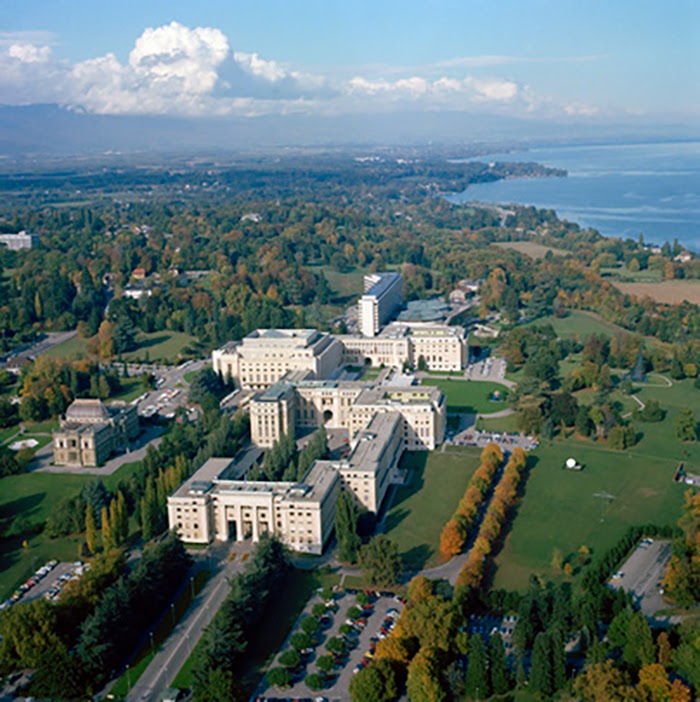
WHO, which is based in Geneva, is where the world community manages a global regime to control the spread of disease. This includes the World Health Assembly, which adopted International Health Regulations (IHR) in 2005 to provide a broad and collaborative response to the spread of disease regardless of borders. It is also designed to “avoid unnecessary interference with international traffic and trade.”
The regulations are not limited to specific diseases, but apply to ever-changing public health risks. They also provide a legal basis for health documents for international travel, transport, and sanitary protections for airports, ports, and ground crossings. The regulations were adopted by 196 countries including the United States. Yet, astonishingly, the White House decided to withdraw WHO funding — in the midst of a pandemic and at a time when global collaboration is vital for finding a vaccine and for sharing response experiences.
Treatments and diagnostics developed to combat COVID-19 must be available to all people. Furthermore, patents, market regulations, and drug pricing must not limit access to critical medicines. This should be an immediate priority of the World Intellectual Property Organization (WIPO), another Geneva-based institution, which promotes balanced and effective IP for all.
Maximization of distribution and access is critical. The United Nations Environment Programme (UNEP), has concluded that addressing the current pandemic and protecting humanity against future global threats requires “sound management of hazardous medical and chemical waste; strong and global stewardship of nature and biodiversity; and a clear commitment to ‘building back better,’ creating green jobs and facilitating the transition to carbon neutral economies.”

For its part, the World Meteorological Organization (WMO), also based in Geneva, noted that while COVID-19 may result in a temporary reduction in greenhouse gas emissions, it should not serve as a substitute for sustained climate action. Instead, it warns, the pandemic may make it even more difficult to tackle weather, climate, and water-related hazards which are becoming more acute. WMO Secretary-General Petteri Taalas noted that while the pandemic has caused a severe international health and economic crisis, the current “failure to tackle climate change may threaten human well-being, ecosystems and economies for centuries.” For this reason, it is necessary to deal with the pandemic and climate change simultaneously.
The World Bank Group, established by the post-World War II Bretton Woods agreement for the reconstruction of Europe and retooled for global development, has been at the forefront of the climate change fight. In March this year, it initiated a COVID-19 Fast Track facility that quickly disbursed $1.9 billion to 25 of the world’s most vulnerable countries. The organization is now working to redeploy resources through restructuring and contingent financing. In the coming months, the Bank is expected to deploy an estimated $160 billion to help protect the poor and vulnerable, but also bolster businesses and economic recovery.
International organizations and treaties are largely designed to address distinct problems: health, the environment, development, human rights, trade, migration, and so on. Since the pandemic, however, they have been working with less siloed approaches which will ideally prove to be a mode of operation in the future. Mobilizing transborder resources, experts, and information, they are seeking to ensure the availability of medical equipment and supplies. Equally critical, they have the means to deploy science against the twin threats. But these institutions must be supported by governments long before such crises emerge.
COVID-19 Hits Hardest at the Poor — No Matter Where They Live
Science for Policy, Policy for Science
The world’s poorest are also the most vulnerable. In 2015 the UN General Assembly adopted the Sustainable Development Goals, or SDGs. These represent 17 objectives to improve human life and the planet with a target date of 2030. Goal 3 is Health and Well-Being. Goal 13 is Climate Action. Will COVID-19 derail each? On Earth Day, April 22, 2020, WMO’s Taalas insisted: “We need to show the same determination and unity against climate change as against COVID-19.”
In recent years, leading figures in countries ranging from the United States to Brazil have found it expedient to retreat from objective scientific facts. The good news is that, as a consequence of the current pandemic, this brief yet hazardous anti-science moment may be over. Citizens worldwide are now accepting that scientific facts must be the basis of decision-making for law and policy. This is the only way to prevail. On April 14, 2020, UN Secretary General António Guterres established the United Nations Communications Response Initiative to flood the Internet with facts and science in an effort to counter “the growing scourge of misinformation.” We must first trust in science, he added, because now is the “time for science and solidarity.”
Paul Andrew Mayewski is an internationally acclaimed glaciologist, climate scientist, explorer, and leader of more than 60 expeditions to remote areas for which he has won numerous awards including the Medal for Excellence in Antarctic Research and the Lowell Thomas Medal of the Explorers Club. He is Distinguished Professor and Director of the Climate Change Institute at the University of Maine.
Charles H. Norchi is the Benjamin Thompson Professor of Law in the University of Maine School of Law and a Global Geneva Contributing Editor. He recently served as Fulbright Arctic scholar in Iceland, is a Fellow of the World Academy of Arts and Sciences, and a Fellow of the Explorers Club for which he has led multiple flag expeditions.
The authors are co-Presidents of the Arctic Futures Institute, USA.
Related front page panorama photo credit: Adapted by WhoWhatWhy from Antoine Collet / Flickr (CC BY-NC 2.0) and Radio Alfa / Flickr (CC BY-NC-SA 2.0).
